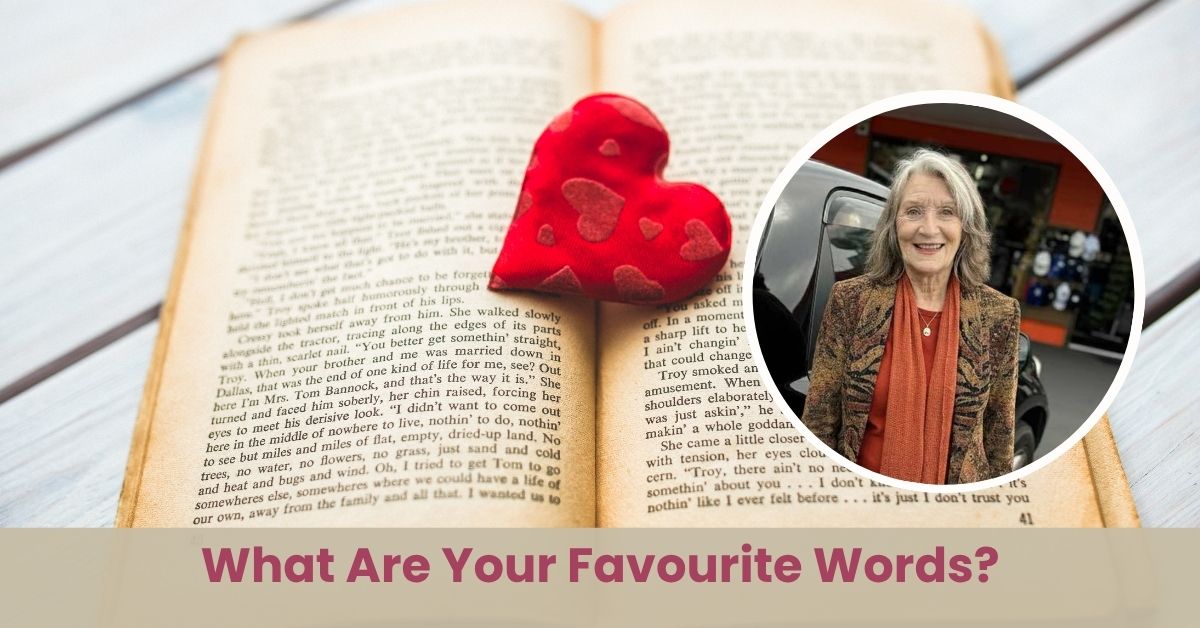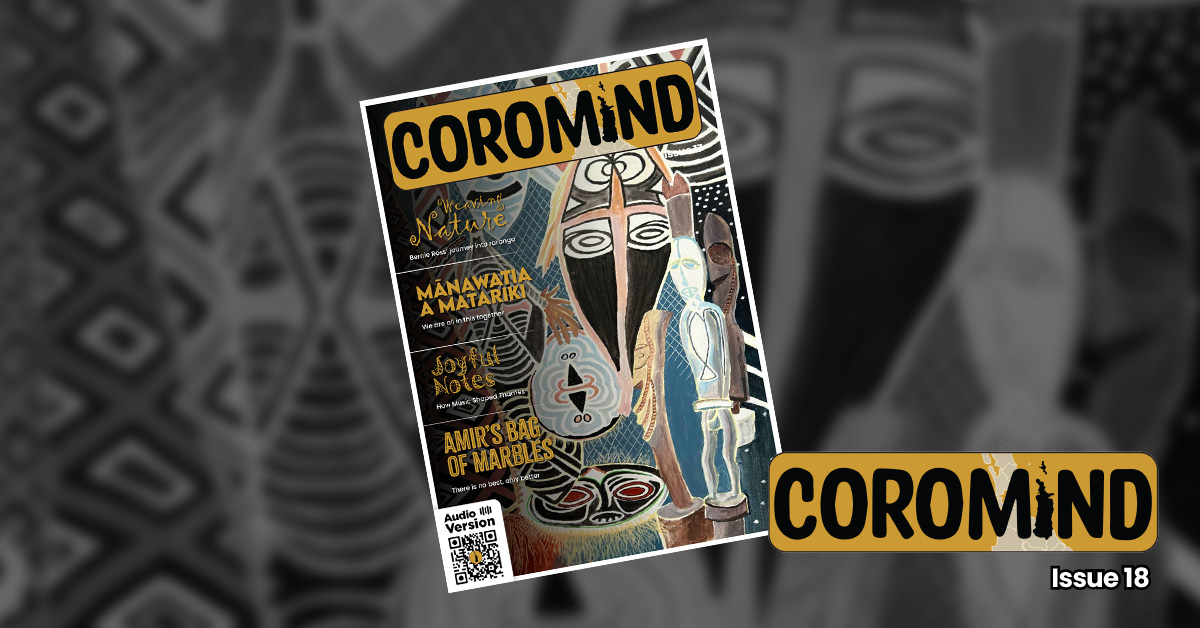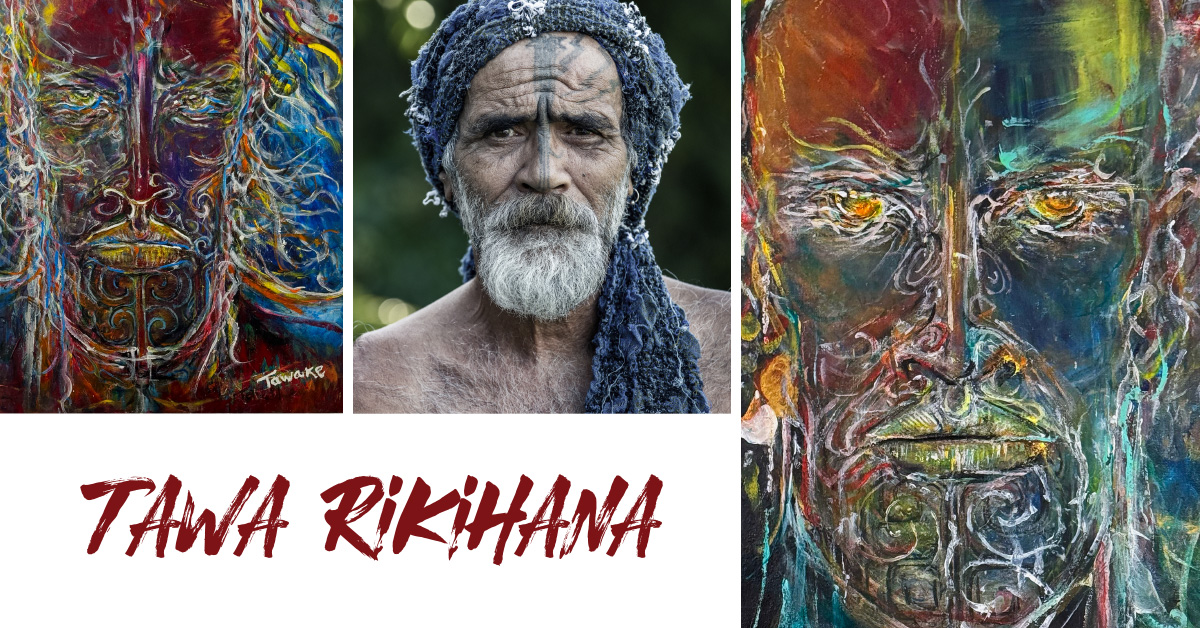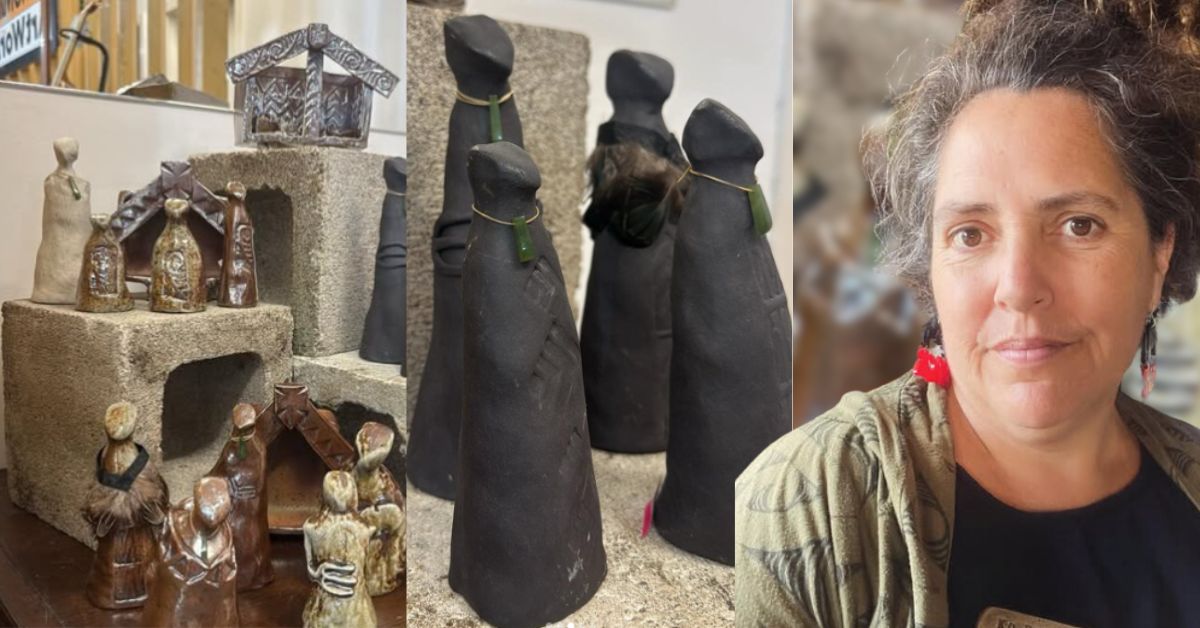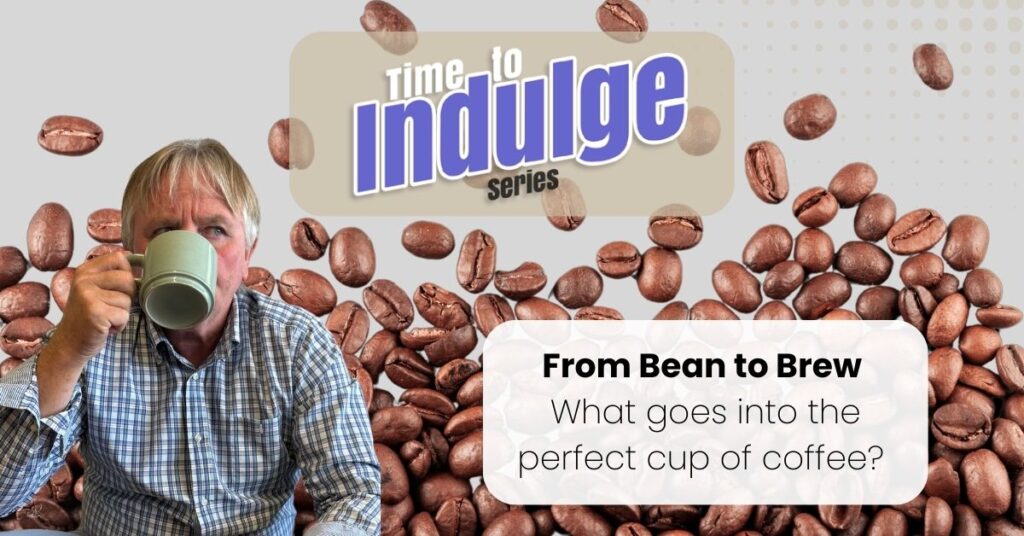
What goes into the perfect cup of coffee?
Coffee consumption as a beverage began approximately 700 years ago in places like Ethiopia (East Africa) and Yemen (Middle East).
Today, coffee consumption is still expanding and a staple in most societies. Coffee is grown in over 70 countries and is the second most exported commodity in the world (after oil).
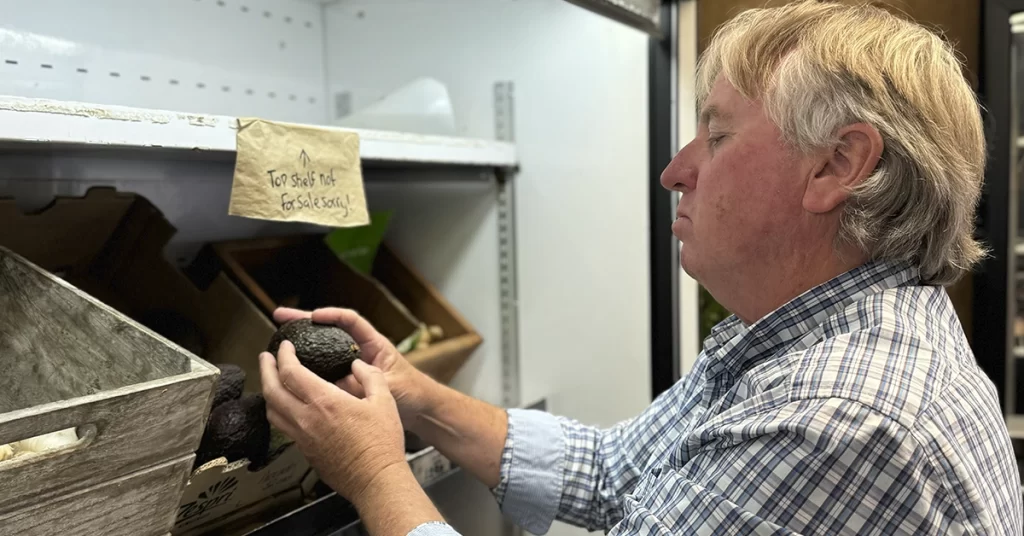
When I travel internationally, I love trying all the alternative coffee styles. Equally, in NZ, there are both big and boutique roasters using different levels of roast (light through to dark) presenting interesting well-crafted offerings to consumers.
Coffee consumption per capita in NZ actually remains relatively low compared to global statistics. People in the Nordic region (Sweden, Finland, etc.) are prolific coffee consumers whose average intake per capita is approximately four to five times that of a Kiwi. Canada and parts of the Middle East (e.g. Lebanon) are also big consumers. A business trip I made through the Middle East in 2018 was memorable for the ceremonial nature of presenting coffee to friends or business colleagues. The coffee was served from a beautiful ornate jug, complemented by delicate decorated cups, and the pouring was executed with great skill and care. The coffee was somewhat lightly roasted but sweetened by different spices and an altogether lovely unique experience.
In NZ, over the past twenty years, the specialist coffee industry has exploded; Kiwis have great choice, with many options available from a pool of talented roasters. The process of getting coffee into your cup looks like this:
- Beans are imported ‘green’ (unprocessed) into NZ from a range of supplier countries. Brazil is still the biggest producer globally (37%), followed by Vietnam, Colombia and Indonesia.
- A big coffee roasting company will procure green beans from a variety of sources so that crop failure in a particular region means they can obtain more from other markets where normal production has occurred. This is both risk management and diversification.
- As a heavily-traded commodity, green beans fluctuate in price but can be purchased forward to allow buyer certainty. Green beans store well in optimal conditions and do not require processing quickly.
- The coffee roasting company then has the key task of roasting beans to create a finished product which can be on-sold to cafés and other hospitality operators – or to home consumers with suitable coffee machines.
- Unsurprisingly, commercial-style coffee roasting has become driven by technology. Hot Air Roasting is a modern technique that uses a stream of hot air to roast beans. This results in precise temperature control to deliver consistent roasting and clean ‘bright’ flavours. There are other proven roasting techniques, but Hot Air is contemporary and reliable.
- Many coffee roasters sell their product under their own brand/s. Often this is a wholesale arrangement whereby a coffee roaster first obtains green beans, roasts them, and finally packages and brands the final product for use by hospitality outlets.
Once the packaged beans have reached your favourite café, some things are critical.
- A modern well-functioning coffee machine that is regularly maintained and kept clean. Coffee quality is significantly affected by a poorly cared for machine. Unwelcome bitter and burnt flavours often result from a badly serviced machine.
- An experienced or talented barista.
- Fresh beans. Processed beans do not store long.
- Coffee served at a consistent temperature.
Personally I prefer my coffee drunk from a sealed cup because it maintains temperature, especially when outdoors. Most cafés sell ‘keep cups’ which are generally affordable and can become your personal vessel, great for retaining heat and limiting spillage.
Don’t be overwhelmed by the maze of coffee styles and names sometimes displayed. It is much better to simply find something your palate enjoys and forget what others are drinking. It is fun to experiment a bit with different coffee styles or even decaf (good-tasting ones exist), but excessive choice can confuse people. Drink what tastes good – great coffee is great coffee!
My other love, and the correlation between coffee and society, is how coffee brings us together. All sorts of friendships and business relationships are cultivated and grown when we take time to enjoy coffee in a nice setting with those important to us (or even with strangers). I also appreciate the correlation between coffee and complementary good things in life such as food, books, magazines and art.
The Coromandel Peninsula has an excellent array of cafes and other operators serving quality coffee. I very seldom get a bad coffee anywhere, and the options for beautiful settings to consume your beverage are virtually endless. We are very spoilt in that regard. Enjoy!
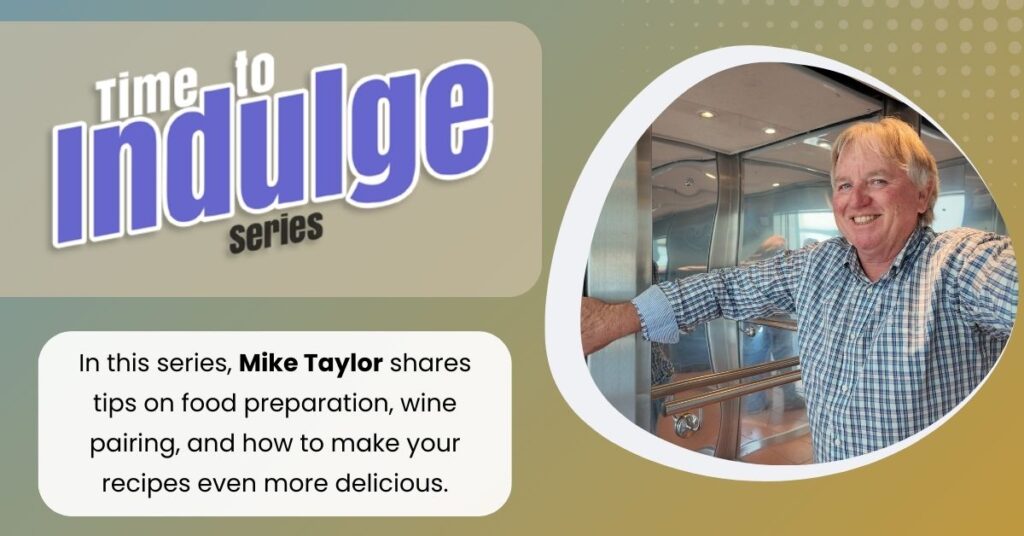
Words by Mike Taylor
Coromind: Coromandel’s Collaborative Magazine

Help us take Coromind Magazine to new heights by becoming a member. Click here
Change the Weather for Your Business: Advertise with Us.
Advertise your business in the whole Hauraki Coromandel in the coolest Coromandel Art Magazine, from Waihi Beach/Paeroa /Thames up to the Great Barrier Island.
Advertise Smarter, Not Harder: Get in Touch



